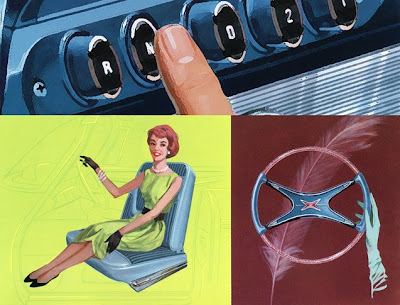




The years around and following the second world war saw graphic design in the modern style gain widespread acceptance and application. A booming post-World War II American economy established a greater need for graphic design, mainly advertising and packaging. The emigration of the German Bauhaus school of design to Chicago in 1937 brought a "mass-produced" minimalism to America; sparking a wild fire of "modern" architecture and design. Notable names in mid-century modern design include Adrian Frutiger, designer of the typefaces Univers and Frutiger; Paul Rand, who, from the late 1930's until his death in 1996, took the principles of the Bauhaus and applied them to popular advertising and logo design, helping to create a uniquely American approach to European minimalism while becoming one of the principal pioneers of the subset of graphic design known as corporate identity; and Josef Müller-Brockmann, who designed posters in a severe yet accessible manner typical of the 1950s and 1960s.
A new graphic design style emerged in Switzerland in the 1950s that would become the predominant graphic style in the world by the ‘70s. Because of its strong reliance on typographic elements, the new style came to be known as the International Typographic Style.The style was marked by the use of a mathematical grid to provide an overall orderly and unified structure; sans serif typefaces (especially Helvetica, introduced in 1957) in a flush left and ragged right format; and black and white photography in place of drawn illustration. The overall impression was simple and rational, tightly structured and serious, clear and objective, and harmonious.





No comments:
Post a Comment